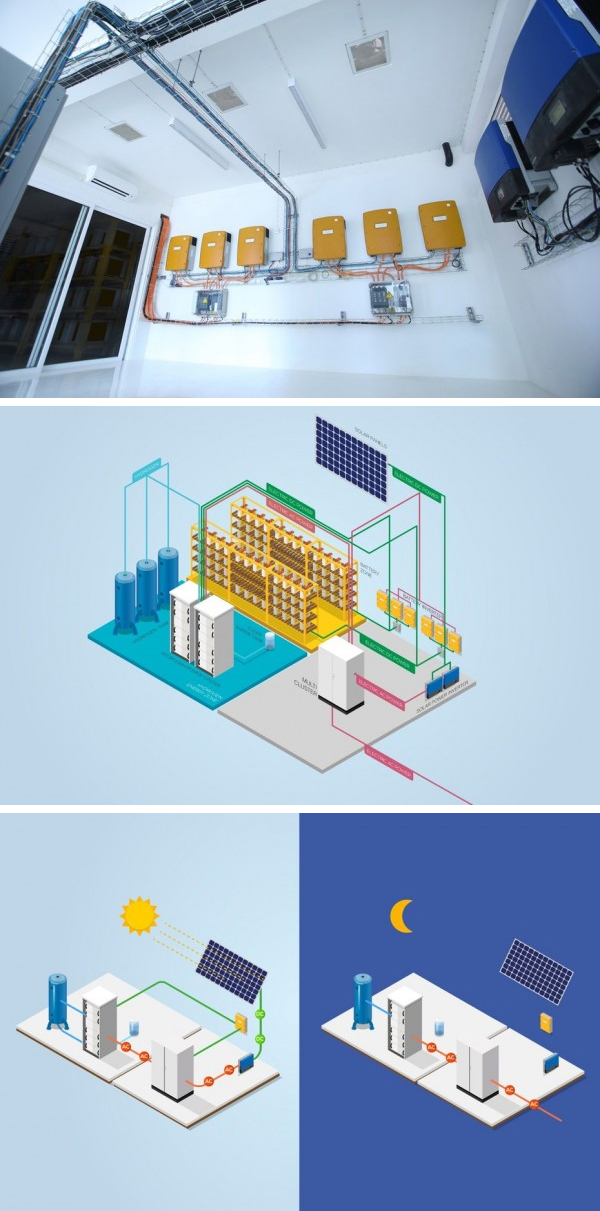Thai developers use solar hydrogen storage technology to store excess power for users
Solar panels directly or indirectly convert solar radiation into electrical energy by absorbing sunlight. However, excess electricity is generated during this process. Recently, CNX Construction, a project developer in Chiang Mai, Thailand, used the solar hydrogen storage technology in the “Phi Suea House†project to convert excess solar energy into hydrogen energy for four households and store it.

To achieve this goal, CNX stated that it needs to use 114kW photovoltaic panels to generate about 441kWh of electricity per day, and some of the excess power will be stored in two lead-acid batteries. At the same time, the remaining electricity will be converted into hydrogen energy by electrolysis of water and stored. If you need to use it at night, you can convert it to electricity through a fuel cell.

When the entire system is started, it will be able to generate up to 2,000 liters of hydrogen per hour and store up to 90,000 liters of hydrogen. The daily demand for electricity in the region is around 200kWh, and the fuel cell can provide up to 120kWh of electricity.

In order to ensure maximum efficiency and efficiency, homeowners need to install solar water heaters. At the same time, they need to use high-efficiency electric fans to reduce the use of air conditioners and use low-power LED energy.
What are advantages of EPDM Rubber?
It is well suited to and commonly made use of for outdoor and automotive applications due to its outstanding weathering properties and high resistance to ozone and UV, as well as a considerable temperature resistance range.(between -40?C + 130?C, depending on the grade).
EPDM Rubber,EPDM Rubber Strip,EPDM Rubber Strips,Adhesive EPDM Rubber Strips
Shenyang Guide Rubber Products Co.,Ltd , https://www.guiderubber.com